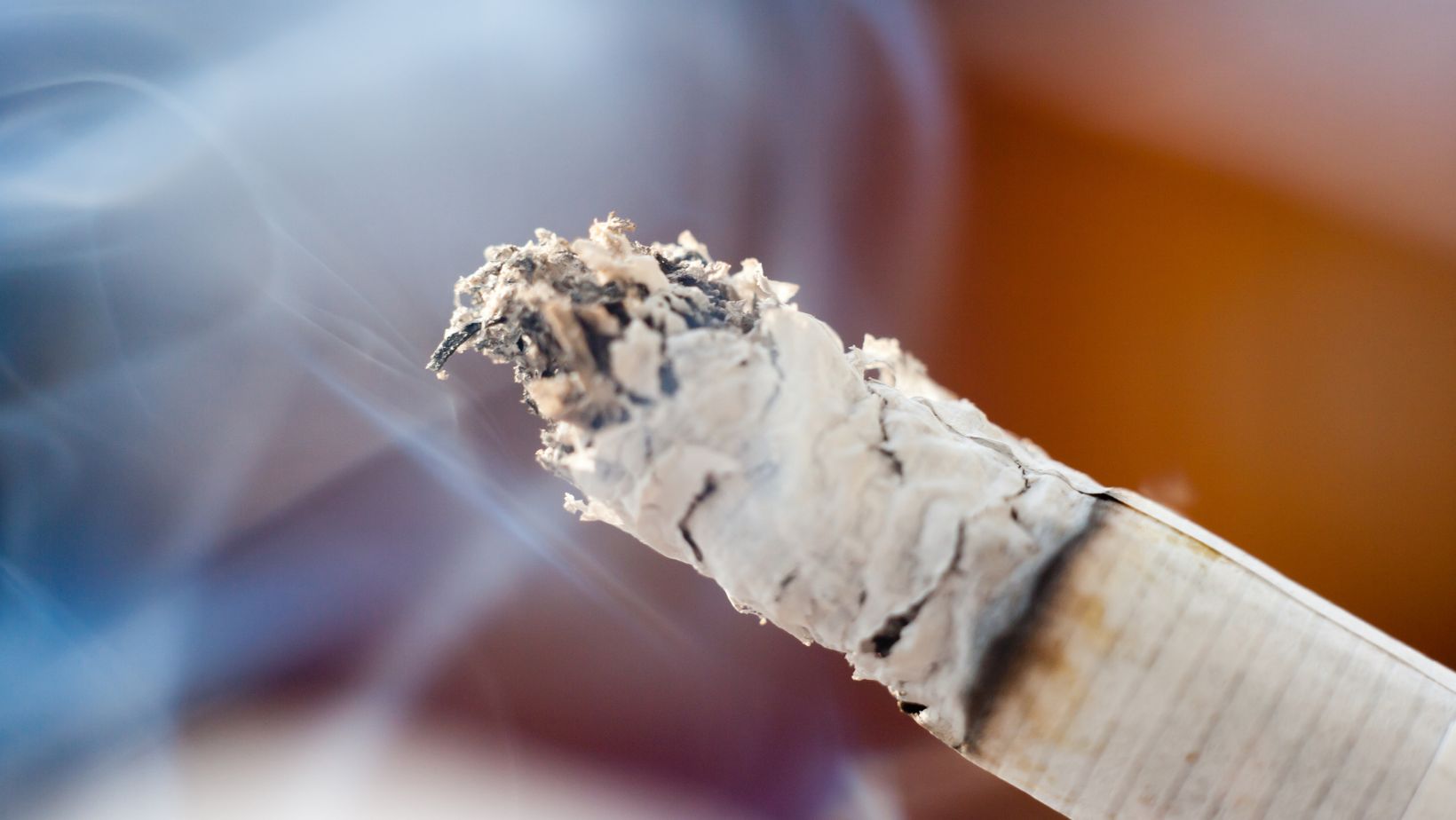How to Repair Cigarette Burns in Car Seat
Dealing with cigarette burns on a car seat can be frustrating, but fear not! I’ll guide you through the process of repairing them. Whether you accidentally dropped a lit cigarette or inherited a pre-owned car with burn marks, there are effective ways to restore your car seat’s appearance.
To begin fixing the burn mark, assess the severity of the damage. Superficial burns can often be repaired using simple techniques. For example, if only the surface fibers are affected, you may Dealing with cigarette burns on a car seat can be frustrating, but fear not! I’ll guide you through the process of repairing them. Whether you accidentally dropped a lit cigarette or inherited a pre-owned car with burn marks, there are effective ways to restore your car seat’s appearance.
Gathering the Necessary Materials
When it comes to repairing cigarette burns in a car seat, having the right materials on hand is crucial. Here are some essential items you’ll need to gather before tackling this task:
- Fabric Repair Kit: Look for a fabric repair kit specifically designed for automotive use. These kits typically include adhesive, color-matching compounds, and tools like spatulas or brushes.
- Cleaning Supplies: Before attempting any repairs, it’s important to thoroughly clean the area around the burn mark. You’ll want to have upholstery cleaner, a soft cloth or sponge, and possibly even a small vacuum cleaner to remove any loose debris.
- Fine-grit Sandpaper: Depending on the severity of the burn mark, you may need to gently sand down the surrounding area to create a smooth surface for patching or blending in the repair compound.
- Heat Source: To activate certain repair compounds or adhesives, you might require a heat source such as an iron or heat gun (set at low temperature). This will help ensure proper bonding and curing of the repaired area.
- Protective Gear: It’s always a good idea to protect yourself during any repair process. Consider wearing gloves and safety glasses when handling chemicals or using sharp tools.
- Upholstery Needle and Thread: For more extensive damage where stitching is required, having an upholstery needle and thread that matches your car seat’s fabric can be handy.
Remember that each car seat may require different materials depending on its material composition and color. It’s recommended to refer to your car manufacturer’s guidelines or consult with professionals if you’re unsure about which specific materials are suitable for your car seat.

Repairing Small Cigarette Burns
When it comes to repairing small cigarette burns in a car seat, the first step is to assess the size of the burn. This will help determine the best approach for repairing it. Small burns are typically those that are less than an inch in diameter and have not caused extensive damage to the seat material.
To assess the size of the cigarette burn, carefully examine its dimensions. Measure both its width and length with a ruler or tape measure if necessary. By understanding how big or small the burn is, you can better determine which repair method will be most effective.
Exploring DIY Repair Options
Repairing small cigarette burns in a car seat can often be accomplished through do-it-yourself (DIY) methods. Here are a few options worth considering:
- Fabric Patch: For fabric car seats, cut out a patch from an inconspicuous area (such as under a seat cover) or use a piece of matching fabric. Apply fabric glue along the edges of the burn and press down firmly with the patch until secure.
- Vinyl Repair Kit: If dealing with vinyl seats, consider using a vinyl repair kit. These kits typically include a filler compound that can be applied to the burn, followed by sanding and coloring to match the seat’s original shade.
- Leather Repair Compound: For leather seats, try a leather repair compound. Apply the compound to the burn, ensuring it fills in any gaps or cracks. Once dry, sand down any excess and apply a leather conditioner for a seamless finish.
Determining the Type of Car Seat Material
Before diving into repairing a cigarette burn, it’s crucial to identify what type of material your car seat is made of. Car seats can be constructed from various materials such as fabric, vinyl, leather, or synthetic blends. Different materials may require different repair techniques and products.
Fabric seats may be more forgiving when it comes to repairs as they can often be patched up using fabric glue or adhesive patches specifically designed for upholstery repairs. Vinyl and leather seats may require specialized repair kits that include filler compounds and color-matching solutions.
Take note of your car seat’s material so that you can choose an appropriate repair method that will yield optimal results without causing further damage.







































